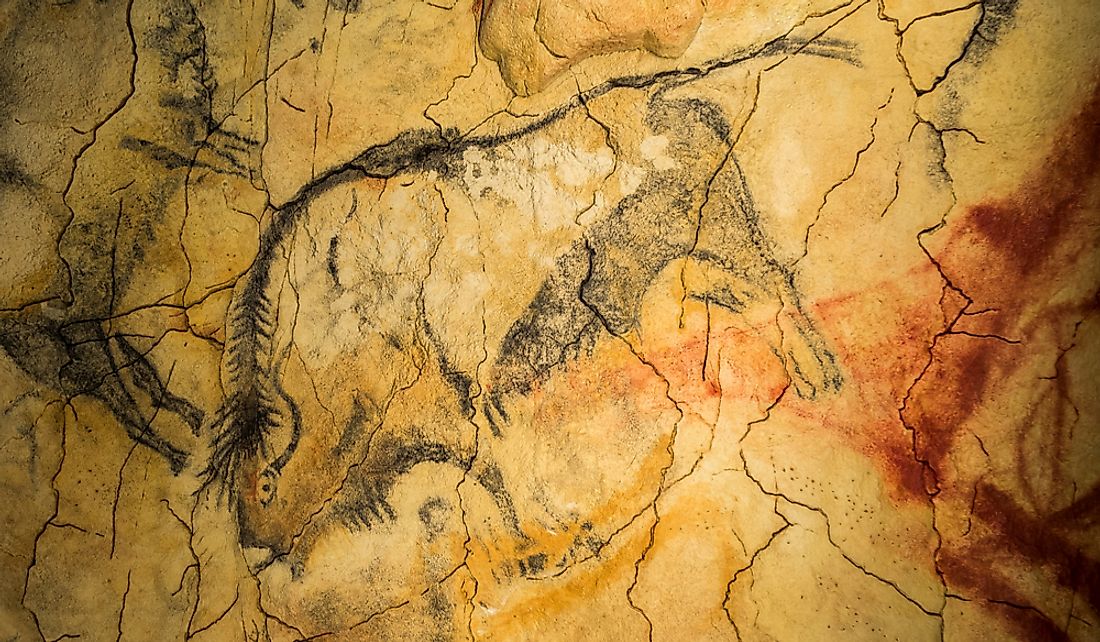Where Is The Cave of Altamira Located?

The cave of Altamira is located in Santillana del Mar in northern Spain. Altamira was inhabited for thousands of years and therefore contains the remnants of the daily activities of the population. The cave is renowned for the ancient polychrome paintings and charcoal drawings of the local fauna. It was declared a World Heritage Site in 1985 and is considered one of the twelve treasures of Spain.
Discovery
In 1880, Marcelino Sanz de Sautuola and Sanz de Sautuola published research detailing the possible source of the cave, but archaeological experts disagreed with the publication on the grounds that ancient humans could not gather sufficient abstract thought to create such paintings. Similar findings in the Franco-Cantabrian in the early 20th century strengthened the position of the two researchers and brought an end to the controversy.
Description of the Cave
Altamira is about 3,300ft long and consists of twisting chambers and passages. It was formed by the collapse of rocks of Mount Vispieres. Occupants of the caves took advantage of the wildlife in the valley and the marine life in the neighboring coastal areas. About 13,000 years ago part of the mountain collapsed, and a rock sealed the entrance of the cave preserving the contents. Occupants of Altamira preferred living close to the cave mouth, but paintings stretch across the entire length of the cave. Artists used hematite, ochre, and charcoal to draw images often mixing and diluting pigments to create variations in intensity. The most impressive drawings are those of the extinct steppe bison, a doe, two horses, and what looks to be a wild boar.
Age of the Paintings
There is no defined age of the paintings and archaeological artifacts recovered in the cave, but scientists agree that it was inhabited during the upper Paleolithic period. A uranium-thorium dating conducted in 2008 showed that some of the paintings were completed over 20,000 years. Drawings of the steppe bison that became extinct 30,000 years ago indicate that some of the paintings could be much older.
Threats From Tourism
In the 1970s and early 2000s, water vapor and carbon dioxide produced by the tourists created a damp environment that damaged the paintings. It was closed for renovation in 1977 and reopened in 1982 but with limited access. In 2002, some of the paintings exhibited signs of green mold prompting authorities to shut the cave completely. In 2001, a replica cave museum was built nearby with similar art. There are also replica collections in museums in Madrid, Munich, and Japan. In 2010, plans to reopen the cave were shelved by the Spanish Ministry of Culture after experts revealed that conservation conditions improved after the closure.











